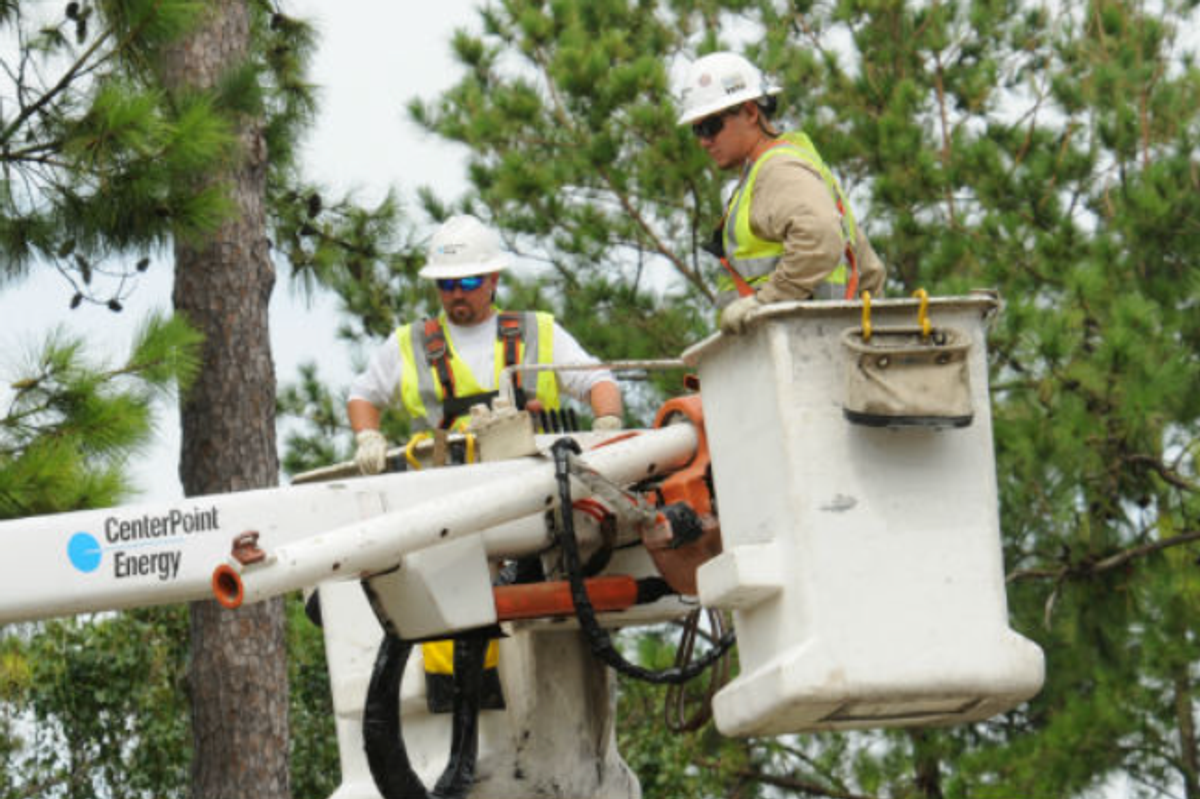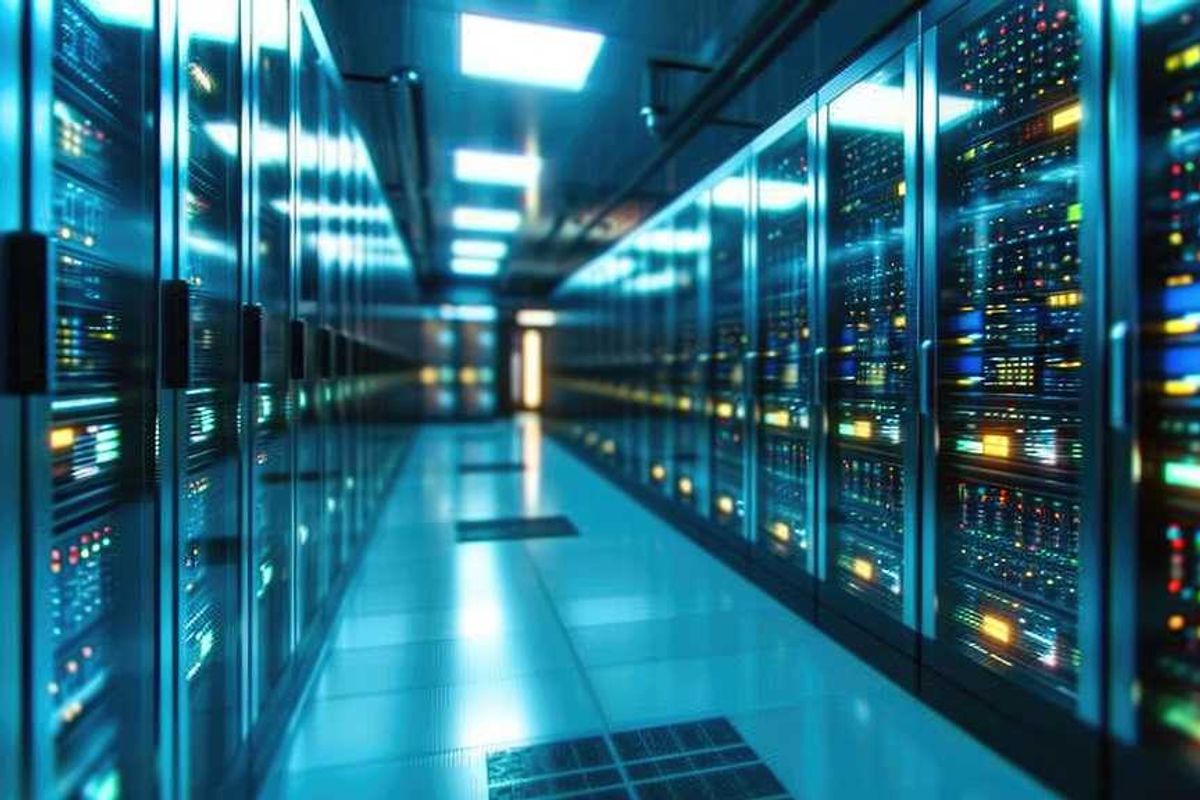Houston earns No. 3 spot among cities with most Fortune 500 headquarters
biggest companies
Houston maintained its No. 3 status this year among U.S. metro areas with the most Fortune 500 headquarters. Fortune magazine tallied 26 Fortune 500 headquarters in the Houston area, behind only the New York City area (62) and the Chicago area (30).
Last year, 23 Houston-area companies landed on the Fortune 500 list. Fortune bases the list on revenue that a public or private company earns during its 2024 budget year.
On the Fortune 500 list for 2025, Spring-based ExxonMobil remained the highest-ranked company based in the Houston area as well as in Texas, sitting at No. 8 nationally. That’s down one spot from its No. 7 perch on the 2024 list. During its 2024 budget year, ExxonMobil reported revenue of $349.6 billion, up from $344.6 billion the previous year.
Here are the rankings and 2024 revenue for the 25 other Houston-area companies that made this year’s Fortune 500:
- No. 16 Chevron, $202.8 billion
- No. 28 Phillips 66, $145.5 billion
- No. 56 Sysco, $78.8 billion
- No. 75 Conoco Phillips, $56.9 million
- No. 78 Enterprise Products Partners, $56.2 billion
- No. 92 Plains GP Holdings, $50 billion
- No. 143 Hewlett-Packard Enterprise, $30.1 billion
- No. 153 NRG Energy, $28.1 billion
- No. 155 Baker Hughes, $27.8 billion
- No. 159 Occidental Petroleum, $26.9 billion
- No. 183 EOG Resources, $23.7 billion
- No. 184 Quanta Services, $23.7 billion
- No. 194 Halliburton, $23 billion
- No. 197 Waste Management, $22.1 billion
- No. 214 Group 1 Automotive, $19.9 billion
- No. 224 Corebridge Financial, $18.8 billion
- No. 256 Targa Resources, $16.4 billion
- No. 275 Cheniere Energy, $15.7 billion
- No. 289 Kinder Morgan, $15.1 billion
- No. 345 Westlake Corp., $12.1 billion
- No. 422 APA, $9.7 billion
- No. 443 NOV, $8.9 billion
- No. 450 CenterPoint Energy, $8.6 billion
- No. 474 Par Pacific Holdings, $8 billion
- No. 480 KBR Inc., $7.7 billion
Nationally, the top five Fortune 500 companies are:
- Walmart
- Amazon
- UnitedHealth Group
- Apple
- CVS Health
“The Fortune 500 is a literal roadmap to the rise and fall of markets, a reliable playbook of the world's most important regions, services, and products, and an indispensable roster of those companies' dynamic leaders,” Anastasia Nyrkovskaya, CEO of Fortune Media, said in a news release.
Among the states, Texas ranks second for the number of Fortune 500 headquarters (54), preceded by California (58) and followed by New York (53).













